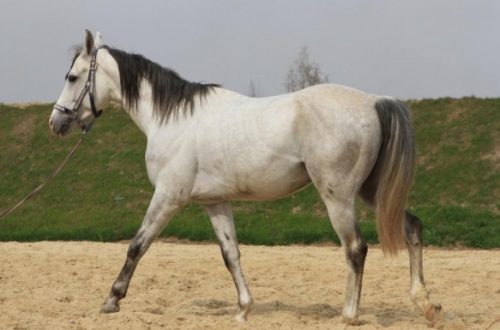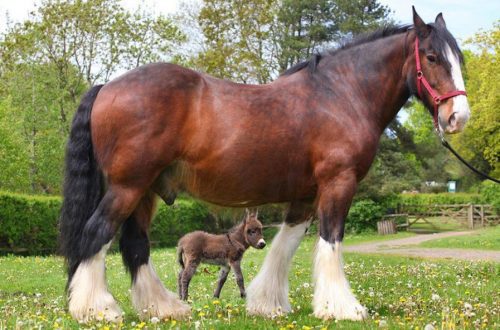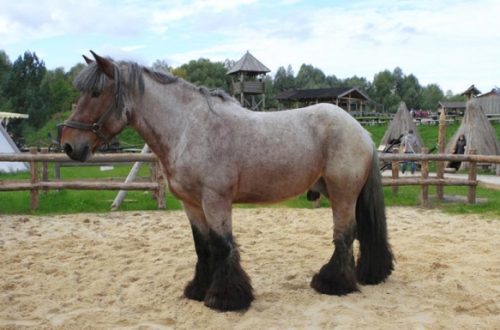
Boulogne breed

History of the breed
The Boulogne horse, one of the most elegant draft horses, dates back to the time of ancient Rome, although this breed was officially recognized only in the seventeenth century.
Its homeland is northwestern France, as well as the percheron. A breed of massive horses was bred on the coast of the Pas de Calais long before the Christian period. Arabian blood was poured into this breed more than once. This first happened when Roman legionnaires brought oriental horses with them and settled in northwestern France before their invasion of Britain. Later, knights came to Flanders and the Spanish occupation began. These two events led to the emergence of Oriental and Andalusian blood in Boulogne. In the fourteenth century, the blood of the Mecklenburg horse from Germany was added to the Boulogne horse in order to breed a powerful horse capable of carrying knights with heavy equipment.
The name Boulogne dates back to the seventeenth century and reflects the name of the main breeding area of this breed on the northern coast of France. Several times, during the war, the breed was practically exterminated; several enthusiasts of the breed were able to restore it. At the moment, it is the property of the country and a strict record of owners, breeders and the horses themselves is kept. Now the breed, although not numerous, is stable.
Exterior Features
The height of the horse is 155-170 cm. The color is gray, extremely rarely red and bay, but not welcome. It is considered the most elegant breed of heavy trucks. The head keeps the drawing of Arabian horses, the profile is neat, slightly curved, the eyes are large and soft, the neck is curved in an arc, the heroic chest is very wide and deep, the legs are strong, with strong joints, without brushes, the mane and tail are lush, the tail is docked or braided to prevent confusion.
Applications and achievements
Two types are clearly visible inside the breed – heavy and tall, for industry, and lighter, for teams and farms. The little type, the meyrier, is lighter, faster and more enduring: his name means “ebb/tide horse”, as he once drove carts of oysters and fresh fish from Boulogne to Paris. The number of this type is now reduced to a minimum. The more common dunkirk is a typical slow heavy truck, endowed with exceptional strength.
These horses for a heavy truck are very frisky and capable of developing great speed, good-natured, perky and sociable. An excellent horse for driving and show performances, agriculture, good for riding thanks to a good confident walk and trot. It is also bred for meat production.





